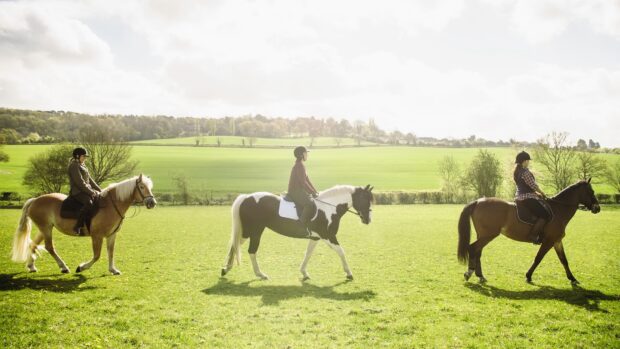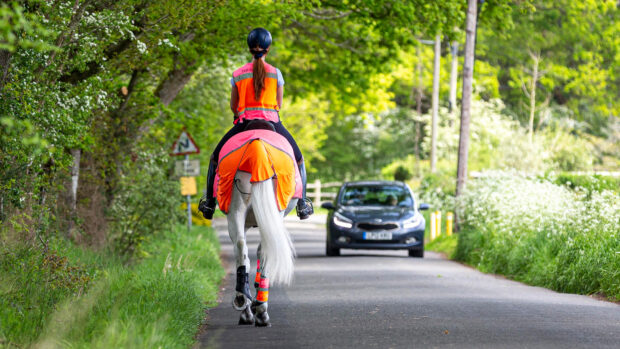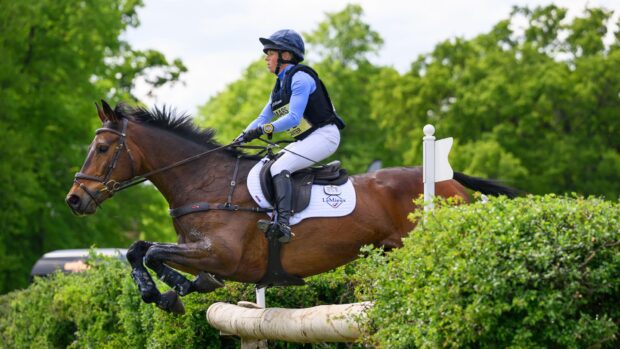Whether you’re a complete beginner or an experienced rider, we find out how a mechanical horse could boost your performance in the saddle
Some of the earliest mechanical horses — also known as simulators — were promoted to 19th century customers as exercise aids. Now, these complex machines can simulate everything from basic paces to dressage, jumping, racing and polo — you can even learn how to fall off more safely.
What can mechanical horses do?
The more complex racing ones, for example Racewood’s top of the range MK9 Racehorse Simulator, not only mimic horse movement but allow trainers to choose the horse, track and even the conditions in which to race against other simulated horses on screen. For most riders, however, the simulators are used as a training aid to either help correct faults or to teach the basics of riding before getting on an actual horse.
How can they be used?
Sue Gould-Wright, of Equestrian Pilates, says using mechanical horses has transformed the way she teaches.
“I use them regularly, for everything from complete beginners to advanced dressage riders wanting to identify and correct biomechanical issues,” says Sue. “They help me analyse the rider without worrying about the horse spooking or kicking out, and you don’t have the problem of a horse’s unevenness to worry about when identifying that issue in a rider.
“For example, if a rider is tight in one hip, the opposite shoulder will often be thrown across but on a horse they can still appear to be symmetrical when the horse compensates for this. On a mechanical horse, that can’t happen.
“I’ll often see similar problems arising with riders and the simulators have helped sharpen my analytical skills — I can now get ridden corrections more quickly after a session on the mechanical horse first,” she adds.
“There’s also an obvious welfare benefit from a horse’s perspective as it isn’t expected to go round and round an arena while we work on an issue, or jump a grid of fences over and over while I work on rider position.”
Classical riding trainer Heather Moffett has been using mechanical horses for over 20 years. She worked with a pupil to design a non-motorised one, and another pupil further developed this simulator to include a motorised version.
“There is an increasing focus on rider position when using mechanical horses, but for me the key is learning to move with the horse. Training riders to absorb and synchronise with the horse by using the lower back and pelvis correctly is essential,” believes Heather.
“I can teach a complete beginner to feel the correct diagonal before they ever get on a horse, just from using the Equisimulator (pictured). They are also excellent when working with disabled riders, or those who are very nervous, as they are a safe learning environment.”
Continued below…
Liked this? You may also enjoy reading these articles…
The linchpin of our British dressage team in Rio, Carl Hester shares his fitness and training secrets — from avoiding
Want to find the secret behind top showjumpers' successes? We ask seven riders for their training tips

What are Carl Hester’s training secrets?

7 training tips that top showjumpers swear by
How do they work?
Heather Moffett’s motorised mechanical horse has a back which moves up and down to simulate the way a real horse’s back moves.
“However, the non-motorised one is just a series of springs and parallel linkages and only moves if the rider moves correctly. As well as remedial work, I use this to teach sitting trot, transitions and even piaffe and passage,” says Heather.
What about the limitations?
While both trainers are firm believers in the benefits of simulators, Sue Gould-Wright admits they cannot truly replicate the feel of a horse, or the subconscious connection between horse and rider.
“In established partnerships, the horse responds to very subtle cues; for example, when the rider sits up and holds through their core, the horse often slows in response. At the end of the day, they are mechanical horses and they don’t swing through the rib cage or flex through the haunches like a real horse — it’s important for complete beginners to be aware that a real horse with a mind of its own will feel different!”




